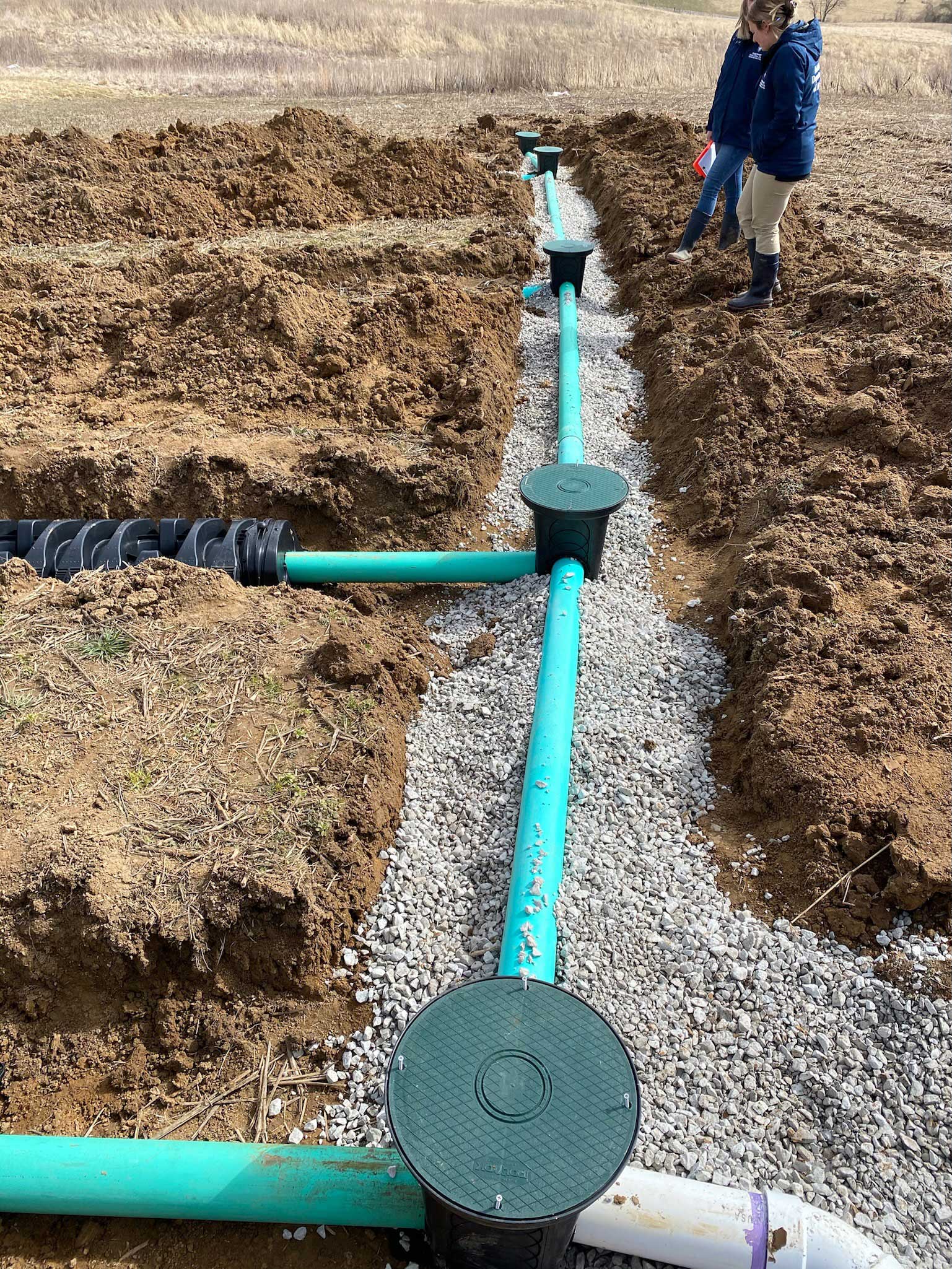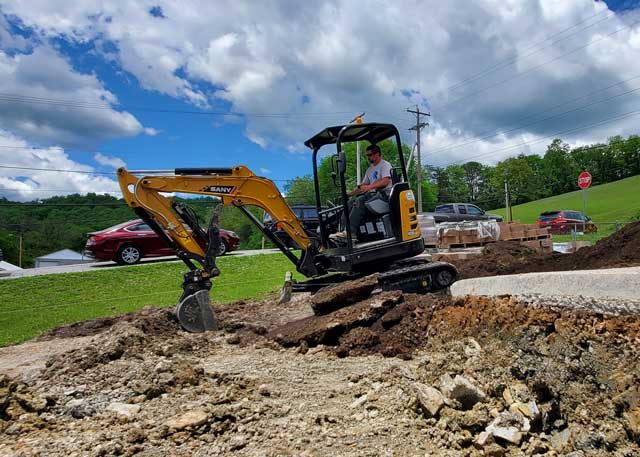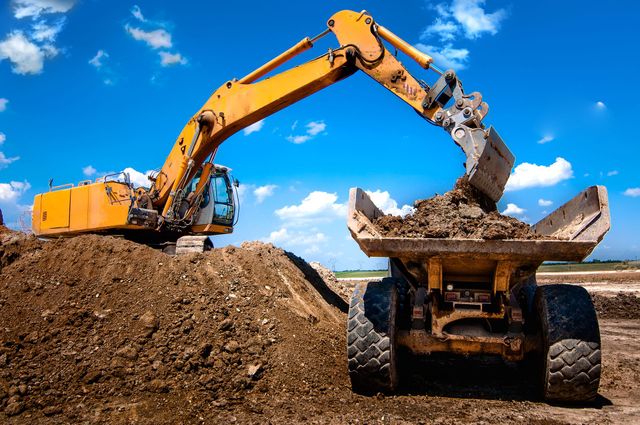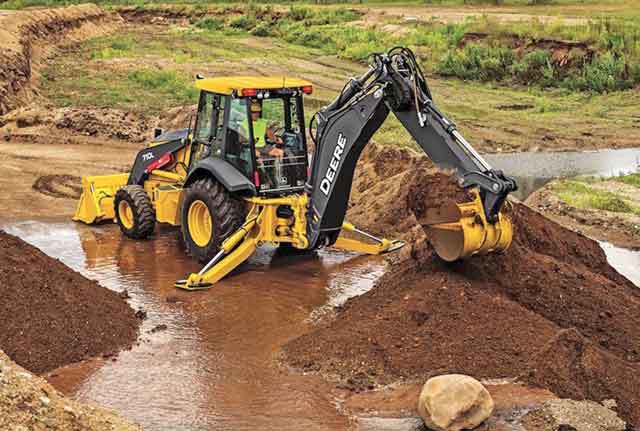Dump Truck Companies in Ohio - Reputable Dump Truck Services Across Ohio
Dump Truck Companies in Ohio - Reputable Dump Truck Services Across Ohio
Blog Article
Thorough Expedition: The Science Behind Superior Excavation Practices
The world of excavation practices is a domain name where scientific research intertwines with workmanship to uncover the secrets hidden under the planet's surface. From old hand tools to modern hydraulic excavators, the development of excavation techniques has been a testament to human ingenuity and technical developments. Nonetheless, what absolutely sets exceptional excavation practices apart is a deep understanding of geological principles, coupled with the use of innovative devices and methodologies. By exploring the scientific research behind these methods, we can reveal the keys that lie underneath our feet and appreciate the accuracy and experience that go into every dig.
Development of Excavation Methods
Throughout background, the advancement of excavation methods has actually played a vital role ahead of time building and construction methods and archaeological discoveries. From the primary tools used by our forefathers to the advanced machinery employed in modern-day times, the progression of excavation techniques has actually dramatically transformed exactly how we approach numerous tasks.
In old times, hand-operated labor with fundamental tools such as shovels, pickaxes, and wheelbarrows was the main method of excavation. This labor-intensive procedure restricted the depth and scope of excavations, often resulting in slow-moving development and limited access to particular websites. As civilizations progressed, so did the methods and tools used for excavation.
The Industrial Revolution noted a turning point in excavation methods with the introduction of steam-powered machinery. This innovation reinvented the area, allowing for faster and much more comprehensive excavations. In modern times, technology plays a pivotal role in excavation, with developments like GPS systems, drones, and 3D scanning improving precision and efficiency in the field. The development of excavation techniques continues to shape the method we develop, discover, and recognize the globe around us.
Role of Technology in Excavation

The combination of advanced innovation has actually basically reinvented the area of excavation, improving accuracy and performance to unmatched degrees - lancaster trenching. One of the vital technical innovations that has actually dramatically impacted excavation practices is the application of GPS systems.
Additionally, the advent of 3D modeling and simulation software application has structured the planning process for excavation projects. Operators and engineers can now imagine the whole excavation procedure before breaking ground, enhancing and identifying prospective obstacles process. In conjunction with this, the application of drones in excavation activities has actually promoted aerial surveys, volumetric measurements, and website inspections with unequaled speed and accuracy.
Geological Principles in Excavation
An understanding of geological principles is essential for guaranteeing the architectural honesty and security of excavation sites. Geological variables play a vital duty in figuring out the feasibility and safety of excavation projects.
Additionally, the geological framework of the location, consisting of mistakes, fractures, and rock developments, have to be very carefully assessed to determine prospective dangers and obstacles. Digging deep into near geological fault or unsteady rock developments can result in instability and prospective risks. By conducting extensive geological surveys and evaluation, designers and excavators can develop techniques to reduce threats and make sure the successful completion of excavation tasks. Ultimately, including geological concepts into excavation methods is essential for attaining secure, reliable, and lasting results.

Latest Tools for Excavation
In the realm of excavation techniques, contemporary advancements in devices have actually reinvented the efficiency and precision of excavation processes. These drones can provide in-depth aerial surveys of excavation websites, providing real-time data on topography and potential threats.
One more cutting-edge device gaining popularity is the implementation of 3D printing innovation for producing personalized excavation tools. This enables the production of specialized tools that are customized to the details demands of a task, increasing effectiveness and reducing downtime.
Moreover, improvements in materials scientific research have caused the advancement of stronger and more durable excavation devices. lancaster excavation. Tungsten carbide-tipped excavator add-ons, for instance, offer remarkable efficiency in browse around this web-site difficult ground conditions, boosting efficiency on-site
Science's Influence on Excavation Practices

In addition, improvements in materials science have actually led to the development of more powerful, much more resilient excavation devices and tools. The use of composite products in shovels and diggers has boosted their performance and long life, ultimately boosting performance on excavation sites. Additionally, clinical study on soil auto mechanics and geotechnical engineering has offered valuable insights right into dirt behavior, allowing excavation professionals to make informed decisions pertaining to excavation approaches and dirt stablizing methods. In general, scientific research remains to drive innovation and renovation in excavation techniques, making excavation jobs a lot more efficient, economical, and sustainable.

Verdict
In verdict, the evolution of excavation strategies has actually been considerably affected by advancements in modern technology and a deeper understanding over at this website of geological principles. The most up to date devices and devices used in excavation have actually enhanced efficiency and precision in the area. The application of scientific knowledge has considerably boosted excavation methods, leading to much more lasting and reliable techniques for excavating numerous kinds of materials.
In the world of excavation methods, contemporary developments in tools have actually transformed the performance and accuracy of excavation procedures. By leveraging scientific concepts, the excavation sector has actually been able to considerably boost effectiveness, precision, and safety and security in excavation processes. GPR permits excavation groups to non-invasively check and map subsurface frameworks, energies, and prospective threats, enabling them to intend excavation tasks with better precision and you can find out more reduced danger of mishaps.
Additionally, scientific research study on soil technicians and geotechnical engineering has actually provided important understandings right into soil habits, allowing excavation professionals to make enlightened decisions regarding excavation approaches and soil stablizing methods. Generally, science proceeds to drive advancement and improvement in excavation methods, making excavation tasks much more reliable, affordable, and lasting.
Report this page